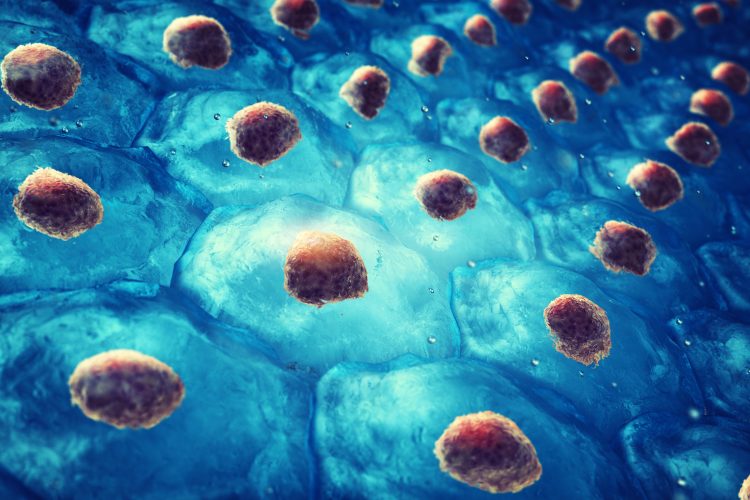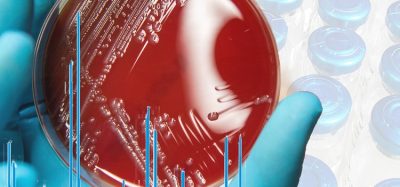Genetically engineered iPSCs see clinical-scale platelet manufacturing potential
By utilising patient-derived instead of donor-derived platelets, the method could offer a safer approach to platelet transfusions.
A novel method for manufacturing platelet-producing cells from stem cells, known as megakaryocytes, could provide an unlimited supply of patient-derived platelets.
Notably, the proposed approach outlined by researchers in Japan also avoids the risk of immune rejection, making it a potentially safer approach to platelet transfusions.
To achieve this, the team genetically engineered induced pluripotent stem cells (iPSCs) from peripheral blood mononuclear cells. After being converted to megakaryocytes, the platelets can be harvested from megakaryocyte cultures and returned to the same patient.
Enhancing platelet production
In their research, the team demonstrated that megakaryocyte growth is directly linked to platelet production and controlled by the protein KAT7.
Specifically, they found that maintaining high cellular KAT7 levels is key for consistent high platelet production from stem cell-derived megakaryocytes.
Yet several challenges exist when using platelets isolated from blood donations for platelet transfusions. Eto et al. explained that alongside potential immune rejection, purified platelets have a short shelf life, limiting their use.
monitoring levels of the KAT7 protein could be a tool to ensure quality control during clinical-scale production. Leveraging this capability would ensure efficient and consistent platelet manufacturing across patients”
Overall, cell therapy manufacturing remains complex, according to Stefan Braam, co-founder and Chief Technical Officer Cellistic. He emphasised it is “critical to define unit operations because they provide a modular, scalable, and efficient way to design, control, and optimise complex manufacturing processes”.
He added: “While these unit operations are increasingly defined, process consistency and robustness across scales remain ongoing concerns.”
A key obstacle in applying this approach in industrial large-scale production, according to Eto et al., is variable efficiency of platelet production from megakaryocytes across different patients and a decline in productivity over time.
However, they concluded that monitoring levels of the KAT7 protein could be a tool to ensure quality control during clinical-scale production. Leveraging this capability would ensure efficient and consistent platelet manufacturing across patients.
The paper was published in Stem Cell Reports










